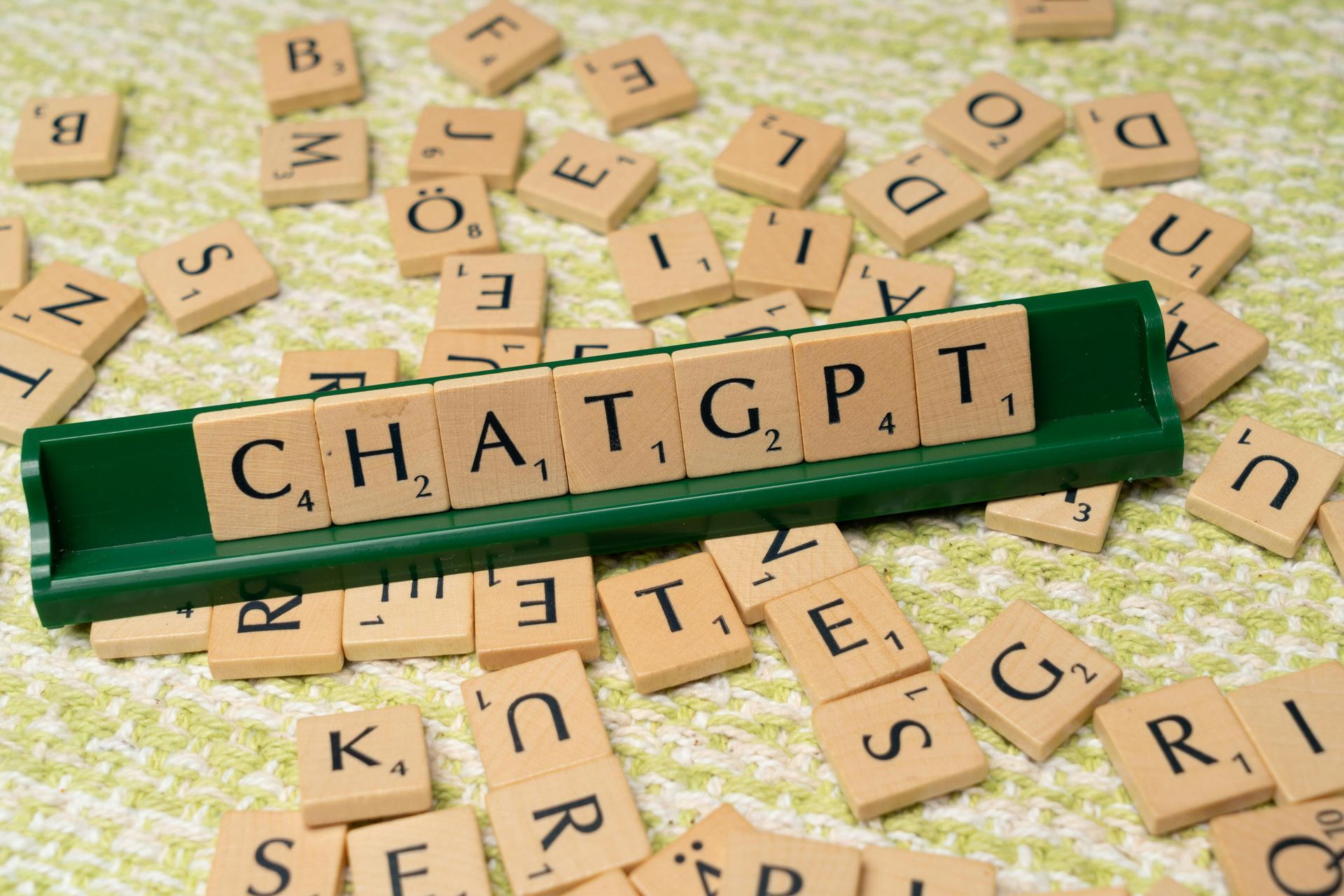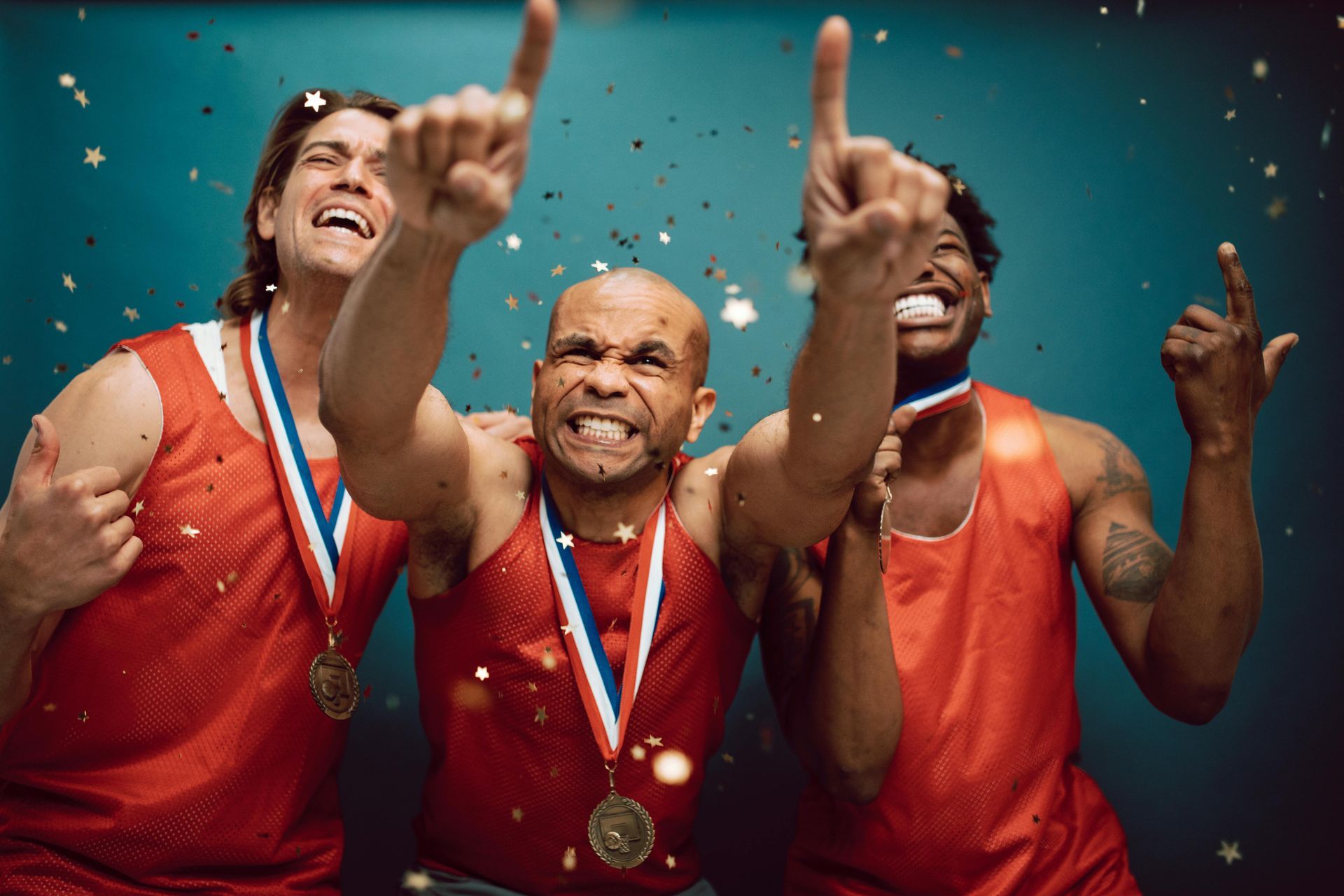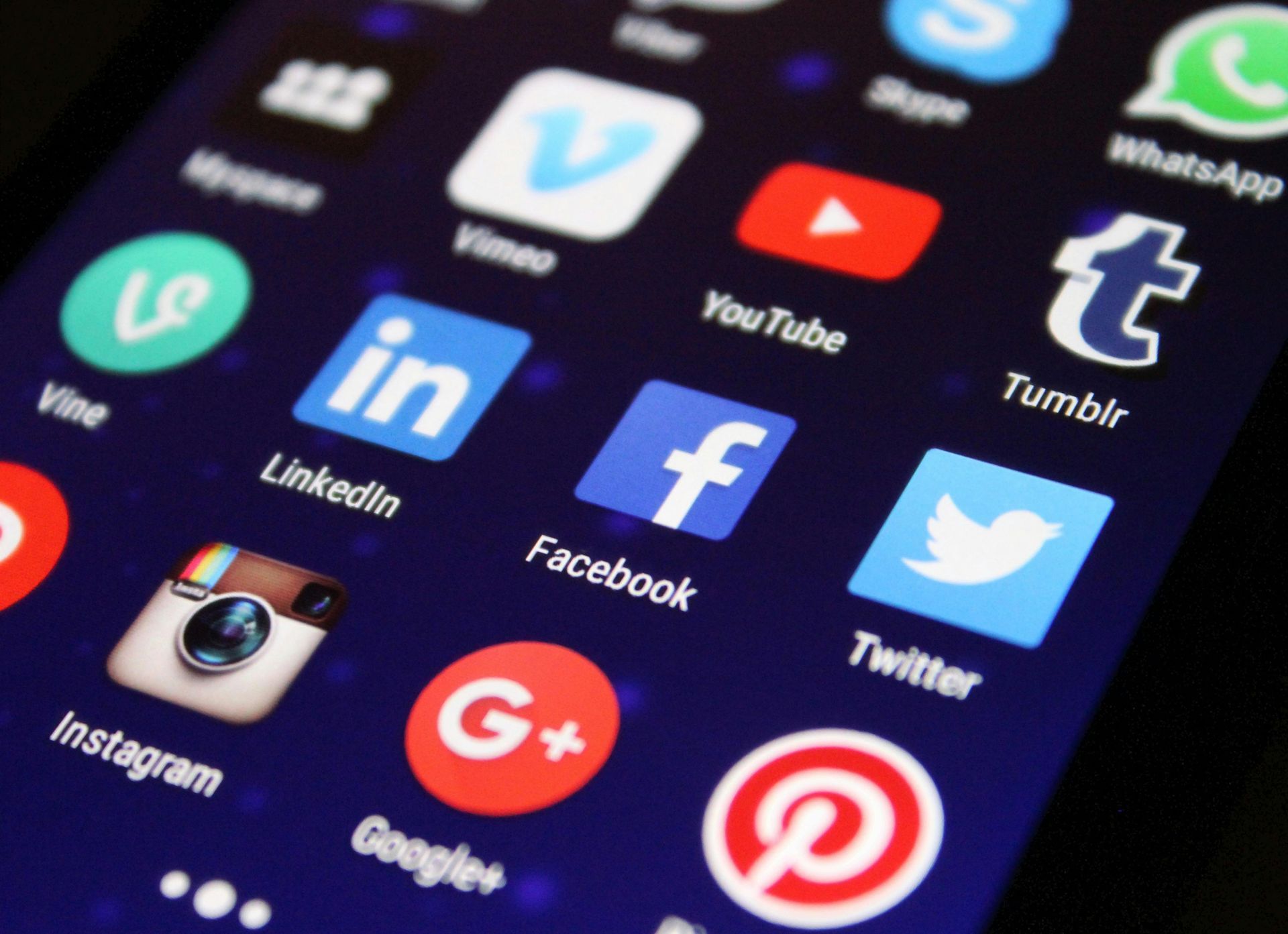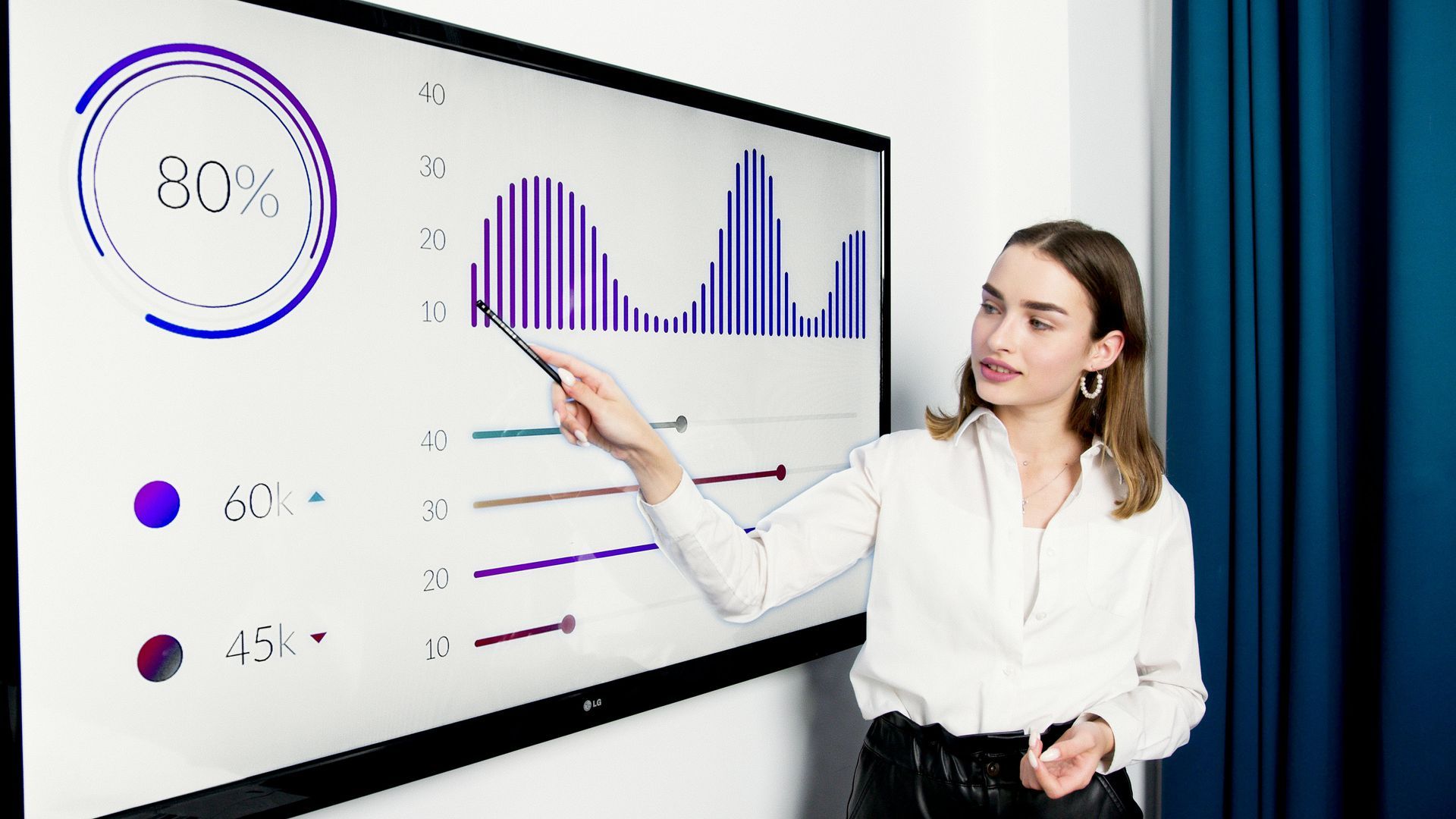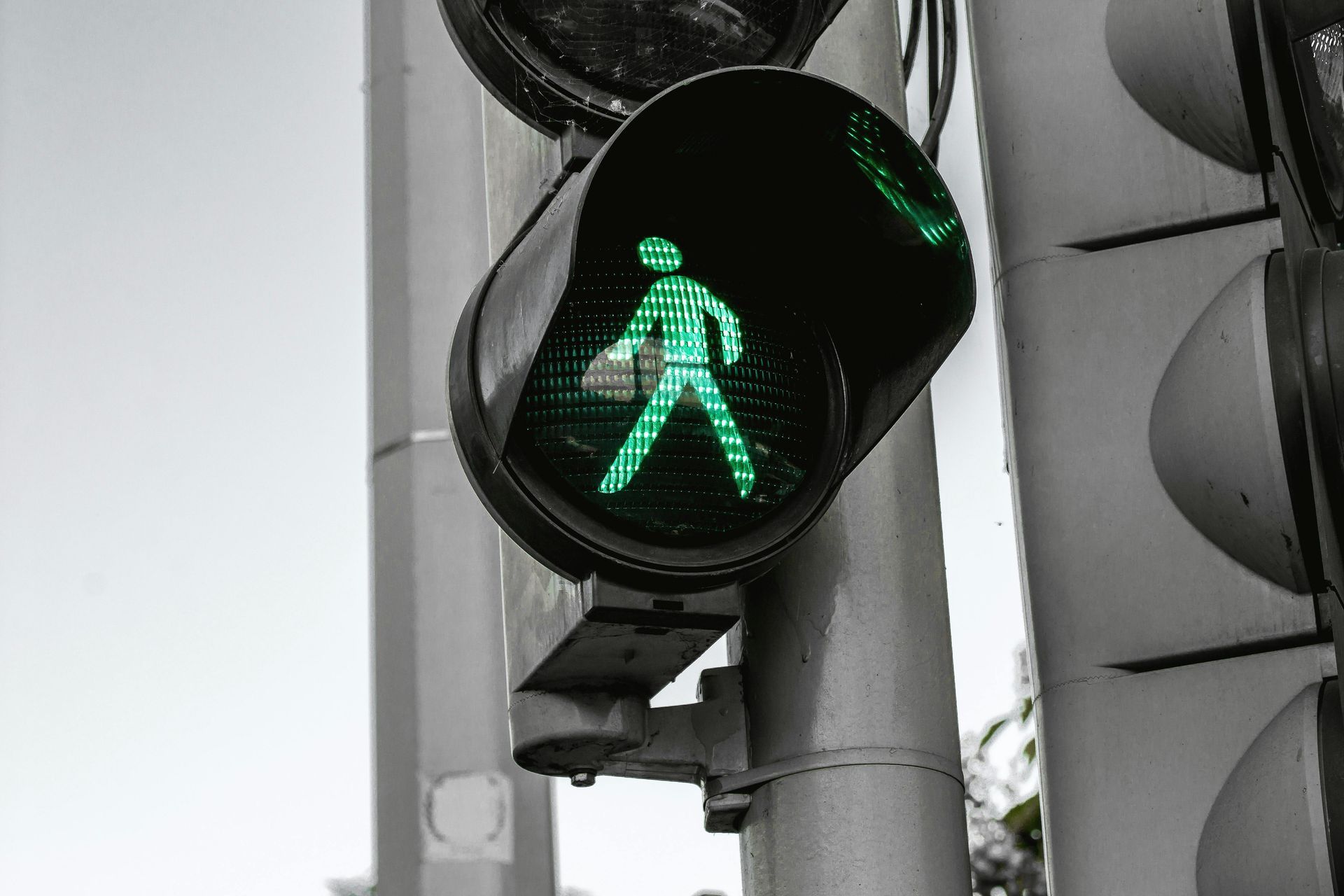3 Ways AI Can Streamline Your Social Media
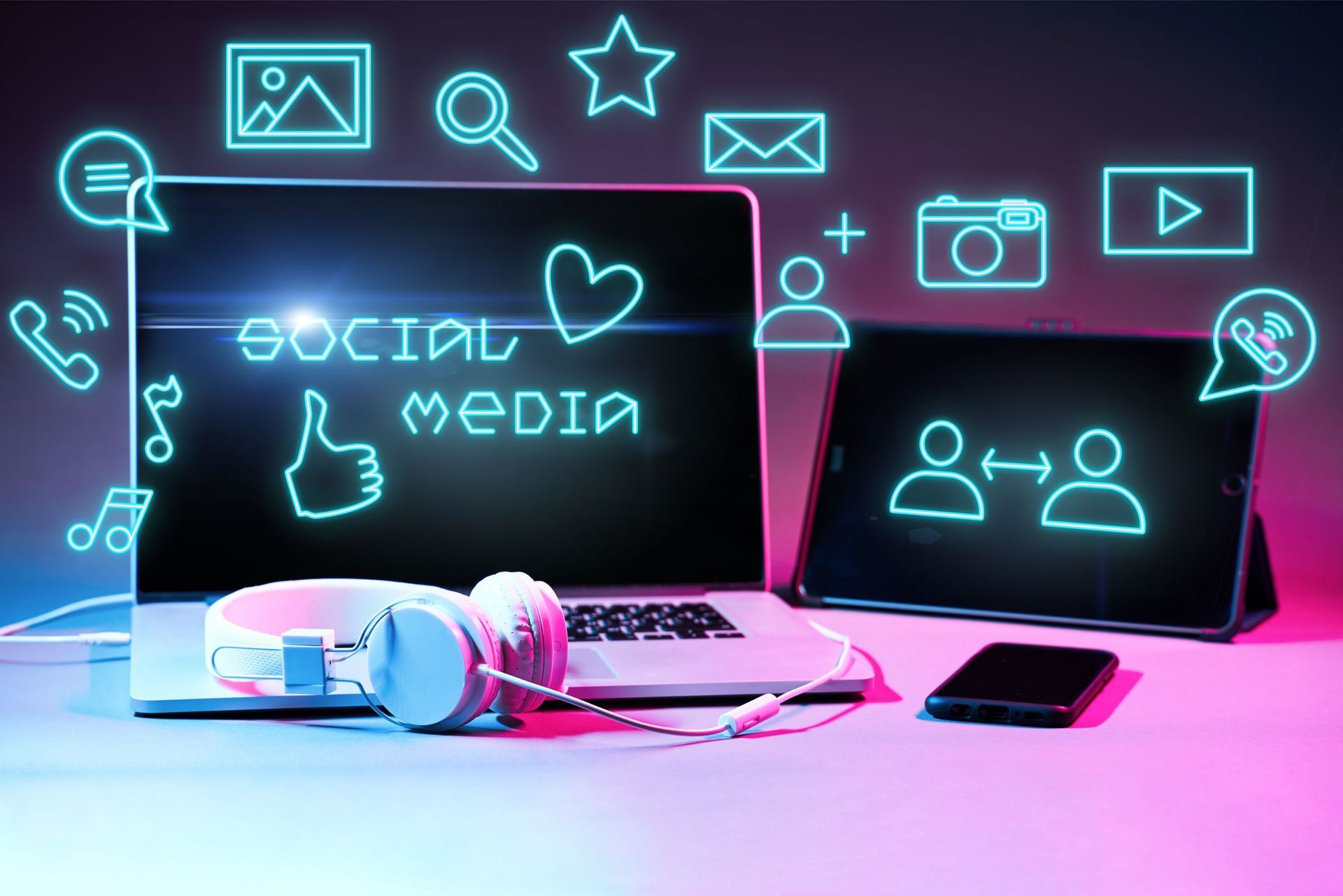
‘AI’ was named as Collins Dictionary’s word of the year for 2023, and we can’t argue with that! It has certainly been a buzzword and one that we have been hearing across our industry, but there are questions that surround it as people scramble to understand AI, its applications, and unlock its full potential. One question we’ve repeatedly heard is, how can AI be used to streamline the social media content creation process?
Content Generation
Arguably, ChatGPT is the platform that has leapt to the front of the text-based generative AI world and it, and other platforms like it, can be a great tool to use for content generation. However, its best uses might not be in the ways you think. Many people believe this type of AI can be easily used to write social media captions for their posts, but this comes with its disadvantages. AI-generated social media captions appear robotic, don’t have the charisma and personal touch that a hand-written caption brings which can often cause it to underperform.
Instead, we would recommend using AI to help create the foundations that your social media posts require, but not to create the content itself. Ways you can do this include generating ideas for social media campaigns, suggesting interesting titles and you can even use it to create a foundation for a social media plan which then requires human editing and input to perfect it.
Design
Another way in which AI can be used for streamlining social media is to support the design process for social media imagery. Design platforms such as Canva and the Adobe suite have started to heavily incorporate AI tools into their platforms, which helps speed up the design and editing process with certain posts. Some tools that Canva and/or Adobe have added include generative fill, automatic text styling, sketch to image, automatic image editing/element removal, auto-focus/image optimisation and also image generation.
Image generation AI (also known as text-to-image) can be very impressive, but there are things to be cautious of when using these.. AI cannot generate fresh concepts and instead it takes elements from other pieces of work on the internet to help generate its own content (note this is not only for images but also for text and video). Therefore, there have been multiple instances in 2023 where AI generated image platforms have been sued as their images contain elements of copyrighted IP from the original artists.
Ads
AI can also be implemented in social media advertisements. When planning ads, you can use text-based AI platforms to carry out the bulk of data analysis, sorting, ideation etc. However, many social media ad-platforms have integrated AI tools that are used to maximise and optimise campaign performance. One way to use AI effectively is when setting up your audience. On Meta, LinkedIn and other platforms you can create a “lookalike” audience which is where AI algorithms will analyse your current followers or a list of people that you choose and will find other users who exhibit similar or the same characteristics to show your ads to.
AI may also be used for live campaigns to help constantly optimise performance where a user will not have the time to be ‘always on’ and analysing and checking data. One example of this is Campaign Budget Optimisation. CBO is integrated into a wide variety of social media ad platforms and uses AI to distribute your ad budget between ad sets in the most efficient way. AI is constantly analysing your ad performance. If there is a specific ad that is performing very well, for example, the AI may allocate more budget to that particular ad and remove some budget allocation from the lower performing ads, so that you achieve the best possible results with your set ad spend.
AI is making an impression especially in relation to improving efficiency. However, it is still far from being a complete package and human involvement is vital in social media management, especially if you want to achieve the best results.



